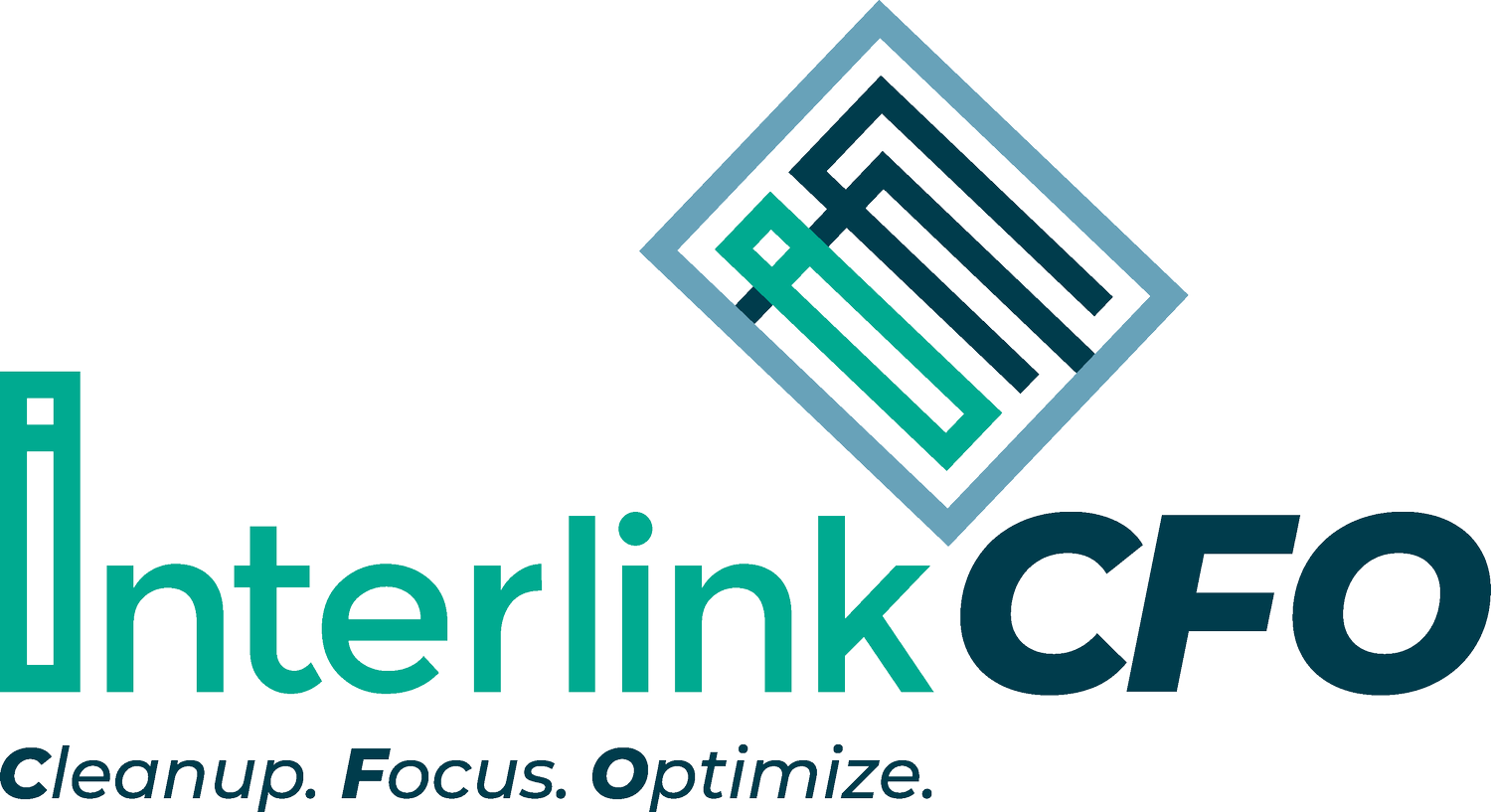Your Restaurant’s Financial Plan: Smart Strategies to be Prosperous Year-Round
As a restaurateur, if you don’t have a financial plan tailored to your unique challenges in the hospitality industry, you may find yourself scrambling to cover costs during slow seasons or struggling to scale during the busy ones.
Running a restaurant requires a combination of passion, precision, and meticulous planning. But in today’s economy, where ingredient costs are rising, labor laws are changing, and foot traffic fluctuates with the season, passion alone won’t cut it.
There are many considerations to creating a clear, customized financial plan that will help you prosper, not just survive, throughout the year.
Build a Profit-First Financial Plan That Prioritizes Cash Flow
In the restaurant industry, cash flow keeps the lights on, but profit is what keeps you growing. A traditional approach puts profit last. A profit-first plan flips that thinking. You set aside profit from every deposit before spending on expenses.
Planning for profit first is a way to ensure that profitability is baked into the business model from the start, not something you “hope” will be left over. Your revenue may be high, but if the cash isn’t available when bills are due, your business still struggles. A well-managed financial plan closes that gap.
Factor Seasonality Into Your Restaurant’s Plan
Restaurant sales are rarely steady month-to-month. You need to predict and prepare for seasonal fluctuations.
Your reserve accounts become critical in off-peak seasons. By proactively setting aside a portion of revenue during high-traffic months, you avoid the panic of winter slowdowns and last-minute vendor scrambles.
Manage Rising Labor Costs with Smarter Staffing Strategies
With rising minimum wages and increased competition for quality staff, labor is one of the biggest threats to your bottom line.
Use your allocations after planning your profit first as a ceiling, not a suggestion. If your labor or operating expenses account is tight, it's a clear sign that it's time to reevaluate hours, roles, or compensation structures.
Your financial plan should help you staff efficiently without sacrificing service.
Cost Control Without Sacrificing Quality
Food and labor combined should not exceed 60-65% of your revenue. If they do, your profit is at risk.
Every cost should be budgeted and approached with purpose. Ask: “Can I make this dish more profitable?” or “Is this cost helping me serve more or serve better?” Review your menus to ensure your ingredients and pricing align with your profit goals, not just taste buds.
Pricing Strategies That Support Your Goals
Many restaurant owners raise prices out of panic rather than as a strategic move. A well-designed financial plan guides your pricing model.
Price increases aren’t just about covering costs; they are about protecting profit. Build margin buffers into your pricing so you can still pay yourself, fund taxes, and build reserves even when supply costs fluctuate.
Smart pricing isn’t about charging more; it’s about communicating value.
A Strong Financial Plan is a Necessity Whether You Are Buying or Selling a Restaurant
Whether you are considering selling, expanding, or buying a restaurant, strong financials are essential. Clean, intentional financial systems are the best negotiation tools you can bring to the table.
Profitability isn’t just about selling more meals. It’s about planning for every ingredient of your business: cash flow, costs, staffing, seasonality, and smart growth.
Interlink CFO can help you create a clear and customized financial plan tailored to meet to your specific hospitality business needs. When your numbers make sense, so does your next move.
Would you like to see what a real financial plan looks like for your restaurant?
Let’s chat. Book a complimentary call to experience what's possible.
